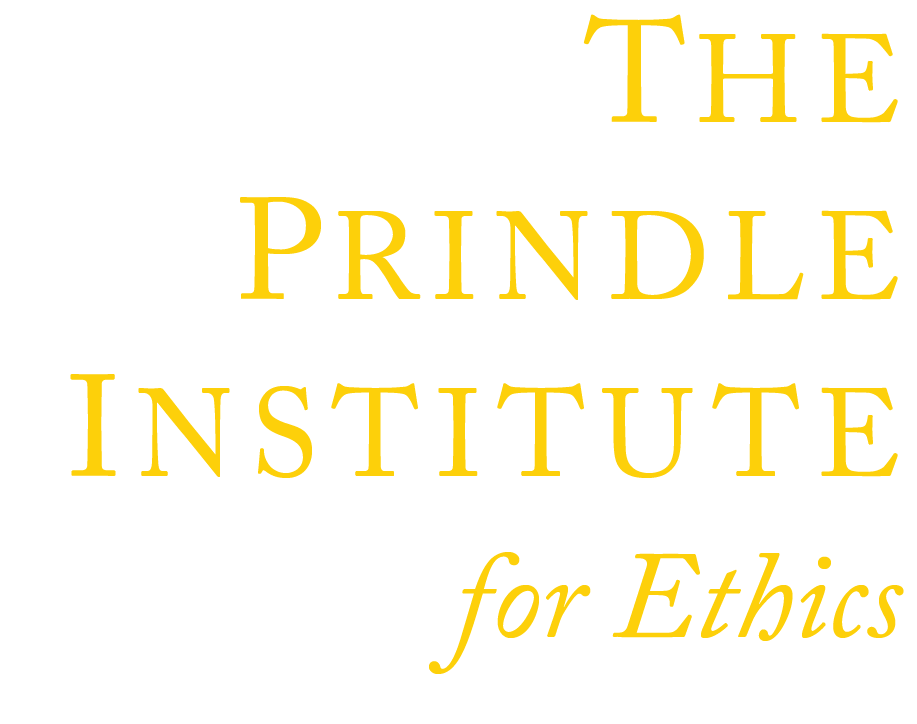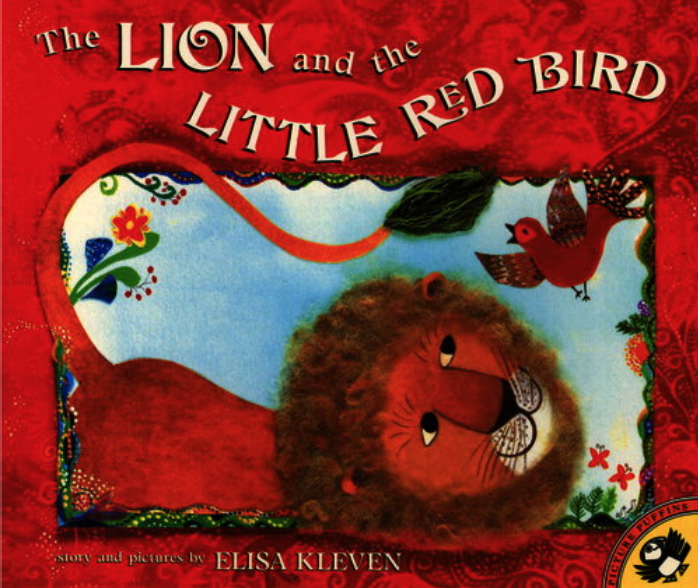The Lion and the Little Red Bird
Book Module Navigation
Summary
The Lion and The Little Red Bird explores the nature of friendship, and more importantly, what constitutes a friendship.
One afternoon a little red bird saw a lion with a colorful tail, which began an unlikely friendship filled with art, music, and respect.
Read aloud video by Ms. CeCe
Guidelines for Philosophical Discussion
In The Lion and The Little Red Bird, a lion and a bird become unlikely friends. This story explores the nature of friendship, and more importantly, what constitutes a friendship. Why does one person like someone else? Some philosophers speak of friendship not in terms of egoism or profit, but in terms of sharing. When people are truly friends, it is not because they receive “ego boosts,” which allow them to feel better about themselves, or simply because they profit from another’s aid or another’s goods. Rather, people are friends in the fullest sense when they gladly spend time together engaged in shared activities and shared pleasures. The lion and the bird, though they cannot communicate through language, come to enjoy each other’s company. The pleasure they take from one another’s company includes ways in which their lives are enriched by being together.
When the lion saves the little red bird from the storm, it highlights another aspect of friendship that is also based on good will. True friends wish good things for each other and are willing to take steps to care for one another. In friendship, one takes steps to benefit the other not because it will be returned in kind, but simply for the sake of the other person. Although mutuality may be a benefit of friendship, it is not the motivation of friendship. The motivation of friendship is to care for the friend as its own benefit.
The great discovery of the little red bird is that the lion has been using objects of nature, and his love for nature, to create art on the walls of his cave. This raises the question: What is art, and what relationship does art have to nature? Art and nature are often linked, with art representing nature and affording us new ways of seeing and perceiving the world. Often, we find art pleasurable and elevating to our spirit, much like nature.
Questions for Philosophical Discussion
Communicating Without Words
“The lion didn’t understand the bird’s language. He thought she was simply chirping.”
- How else can you communicate your thoughts besides through language?
- Are there other ways of communicating your thoughts and feelings beside words?
- How are the lion and the bird able to understand kindness and pleasure, which they felt in the story?
- Do art and music count as universal languages?
Unlikely Friendship
“The bird had never seen anything so unusual or so pretty. Just looking at it [the lion’s colorful tale] made her happy.”
- Why does the bird like the lion?
- Why does the lion like the bird?
- What are some reasons that a person likes another person?
- Do we have to speak the same language in order to be friends?
- What are some other ways that we can communicate our feelings?
- The lion takes the little red bird inside of the cave to save her from the storm. How might we think of this as true friendship?
Art and Nature
“The cave was warm and colorful. The walls were filled with pictures of green forests, orange flowers, butterflies, sunsets, a bright blue sky, and a deep blue lake.”
- The beauty of nature is an important part of this story. Are there things in nature that you think are beautiful? What makes them beautiful to you?
- Do you think all colors come from nature? Why or why not?
- Can art be more beautiful than nature? What about the reverse?
Music and Beauty
“The bird sang while the lion painted. She sang a song without any questions, full of color and joy. The lion had never heard anything so unusual and so pretty. Just listening made him happy.”
- Does listening to music make you happy? Are there other emotions it can convey?
- What makes a song sad? Happy?
- Do you use music to express your emotions? How?
Original questions and guidelines for philosophical discussion archived here. Edited June 2020 by The Janet Prindle Institute for Ethics.
Find tips for leading a philosophical discussion on our Resources page.






